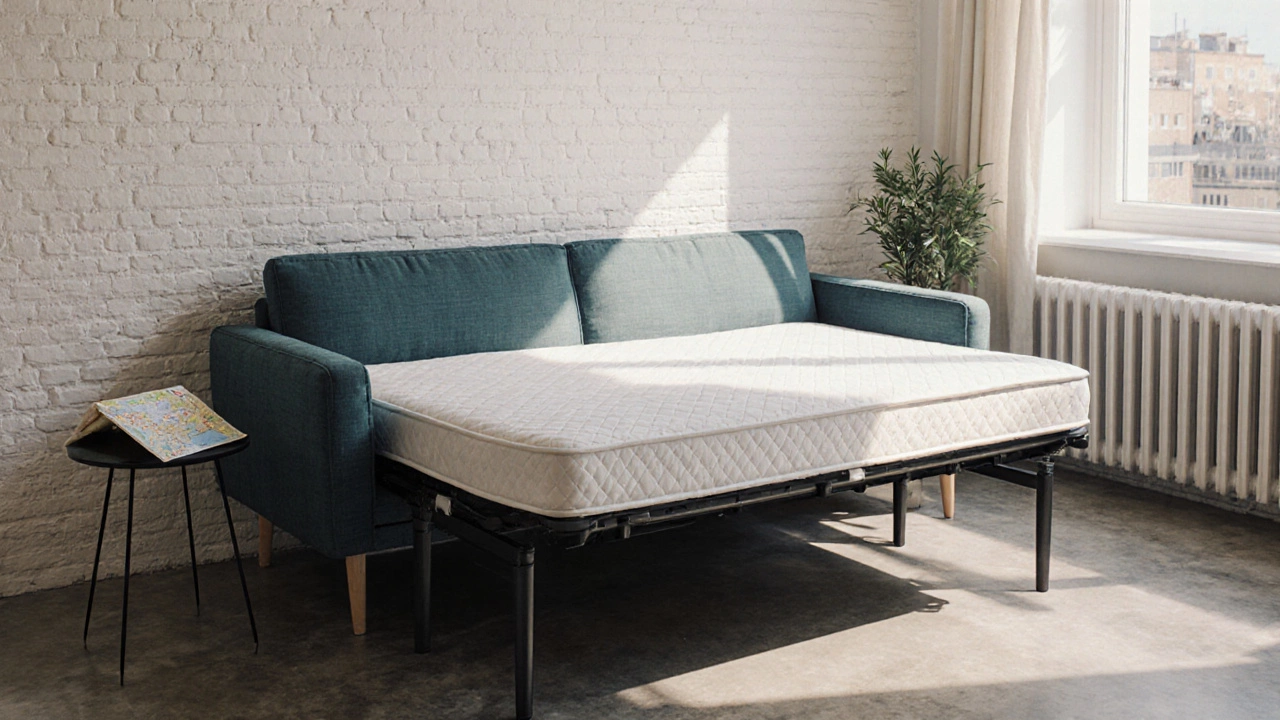Pull-Out Couch: What It Is, How It Works, and What to Look For
A pull-out couch, a type of sofa designed to convert into a flat sleeping surface. Also known as a sofa bed or sleeper sofa, it’s a practical solution for small homes, guest rooms, or apartments where every square foot counts. Unlike a regular couch, it hides a full-size mattress inside the frame, ready to unfold when you need extra sleeping space. You don’t need a separate guest bed—just pull, click, and you’ve got a bed.
But not all pull-out couches are built the same. Some sag after a few uses. Others make loud grinding noises when you open them. And a lot of them have thin mattresses that feel like sleeping on a board. The key is understanding what’s inside: the mechanism, the frame, and the mattress quality. A good one uses steel or hardwood frames, smooth glide systems, and at least a 5-inch thick mattress. Brands that cut corners use flimsy plastic parts or foam that flattens out in months. You want something that lasts—especially if you’re using it weekly.
It’s not just about comfort. A pull-out couch affects how you use your space. In a studio apartment, it replaces a bed and a sofa. In a kid’s room, it lets friends sleep over without buying another bed. In a home office, it turns into a nap station after long days. That’s why people who live in small spaces swear by them. But they’re also common in vacation homes, dorm rooms, and even offices that host overnight visitors. The real win? You get two functions in one piece of furniture—no extra storage needed.
What you’ll find in the posts below are real-world tests and fixes for common problems. We’ve looked at how to stop a pull-out couch from squeaking, what mattress toppers actually help, and why some models collapse after a year. You’ll see what works and what’s a waste of money. We’ve also covered how to pick the right size for your room, how to clean stains from the fabric, and why some designs are better for seniors or people with back pain. This isn’t about marketing hype. It’s about what people actually experience after buying one—and how to make sure yours doesn’t become a headache.



